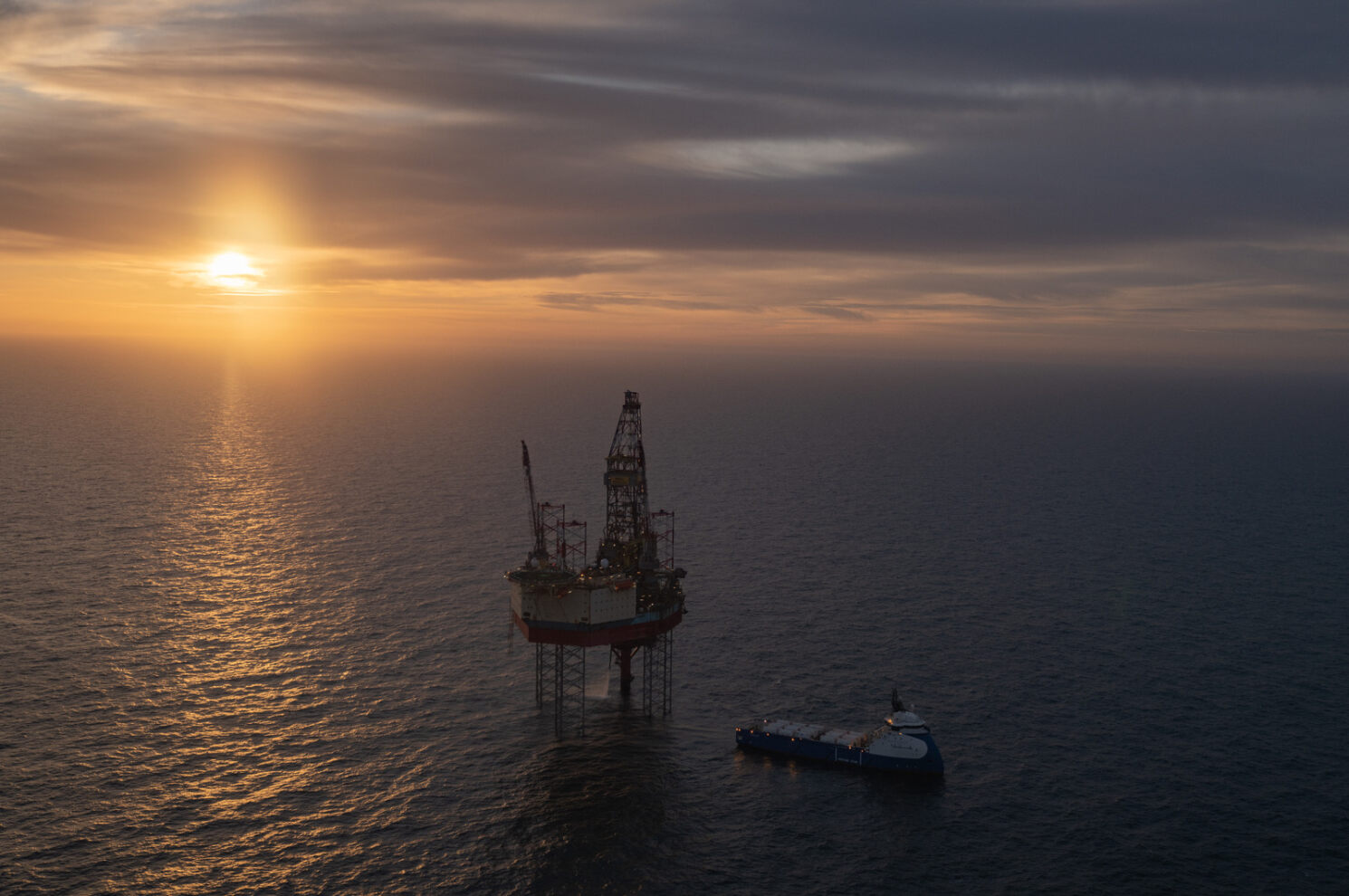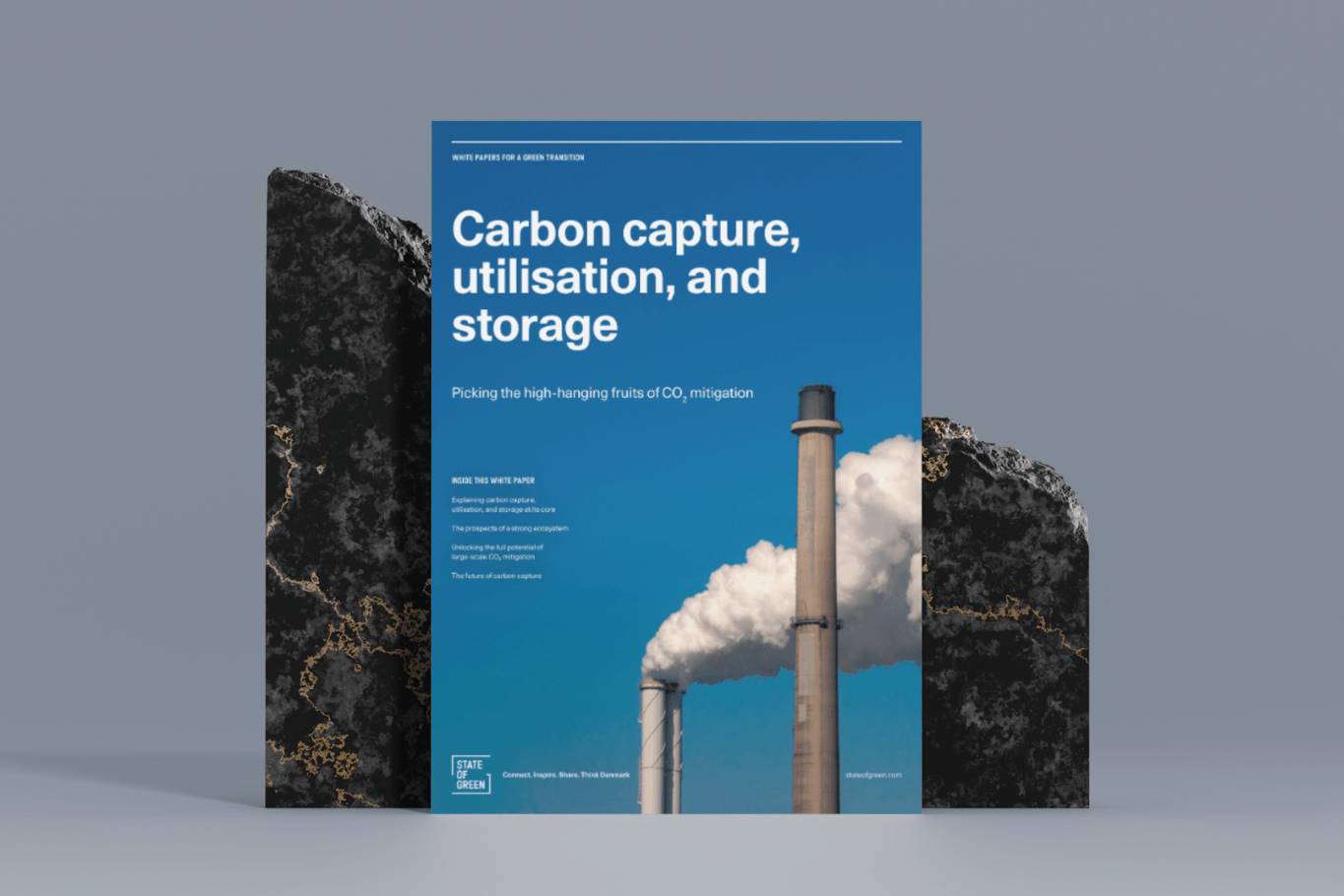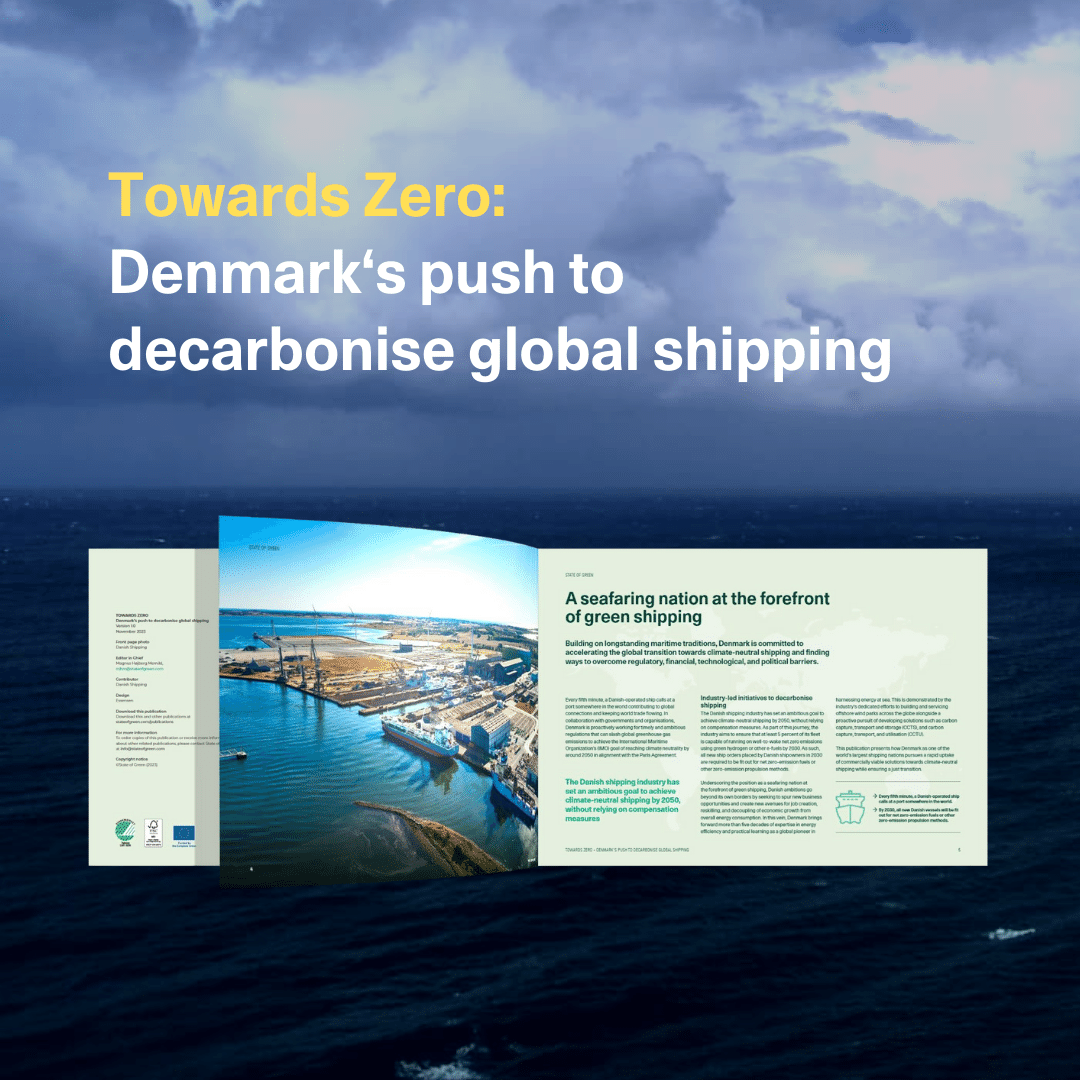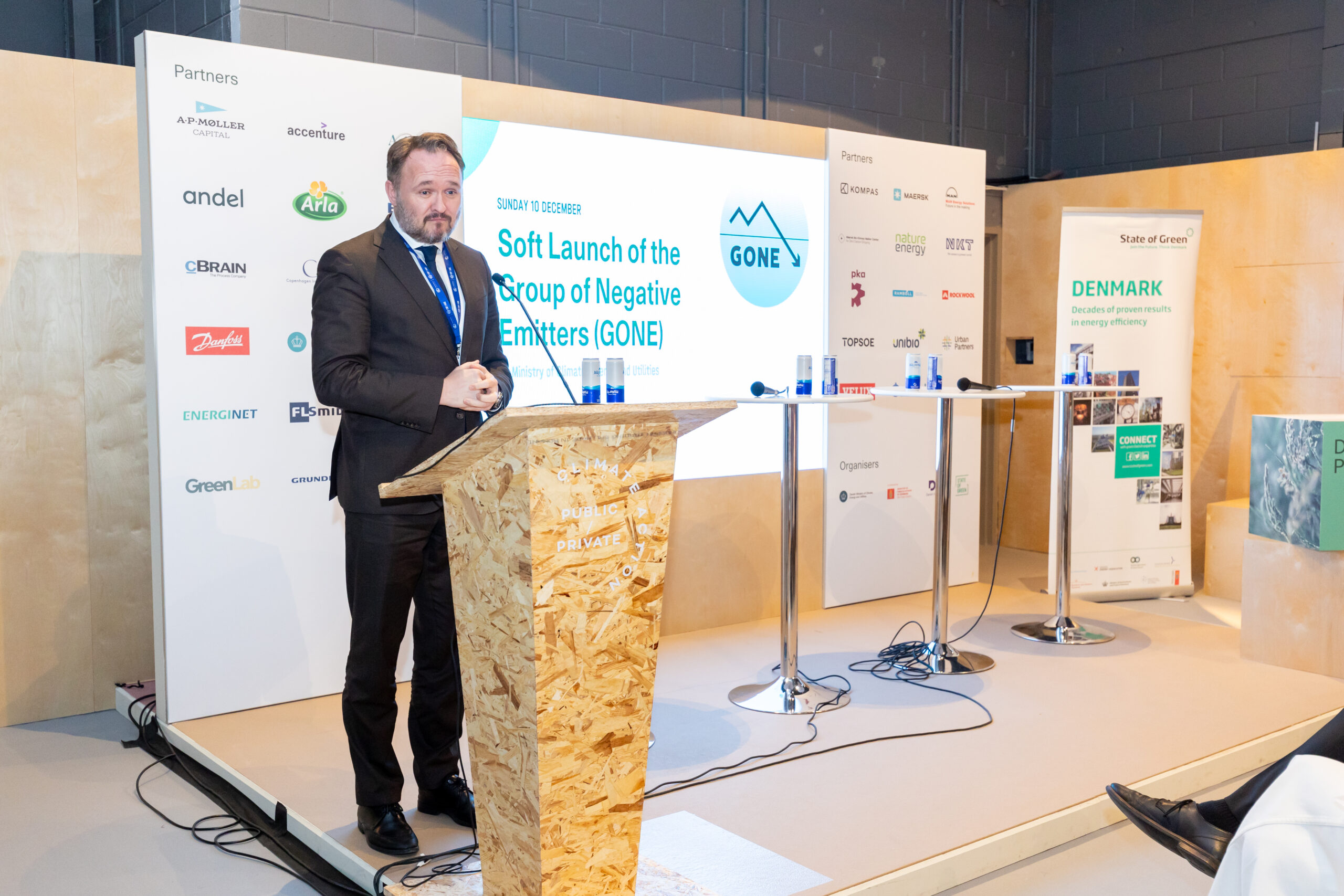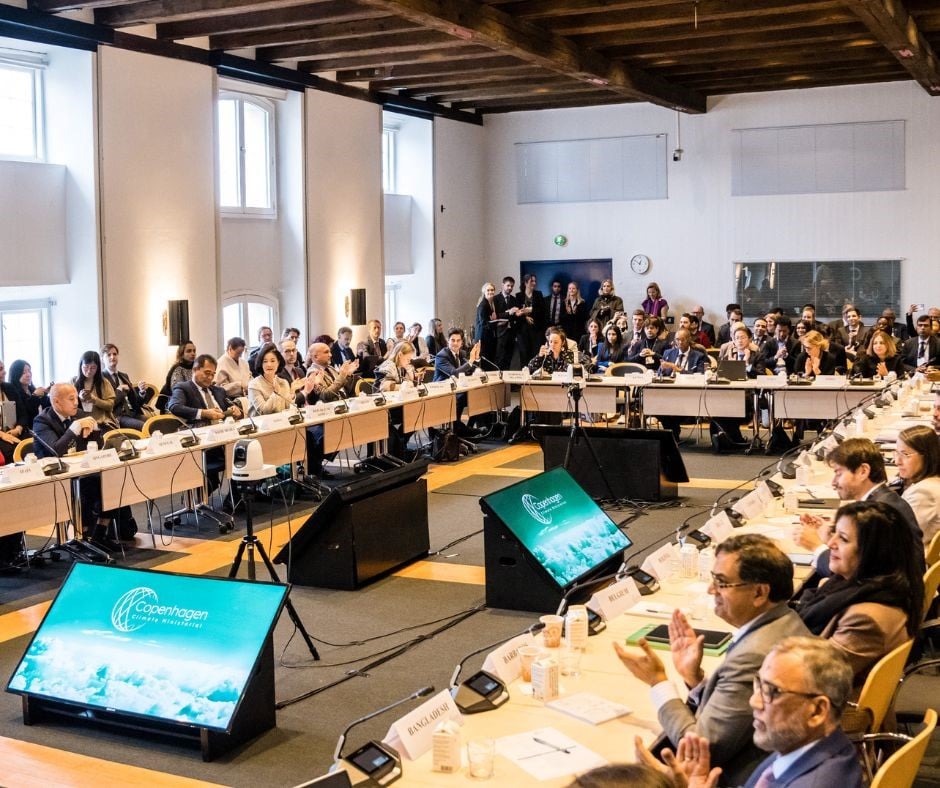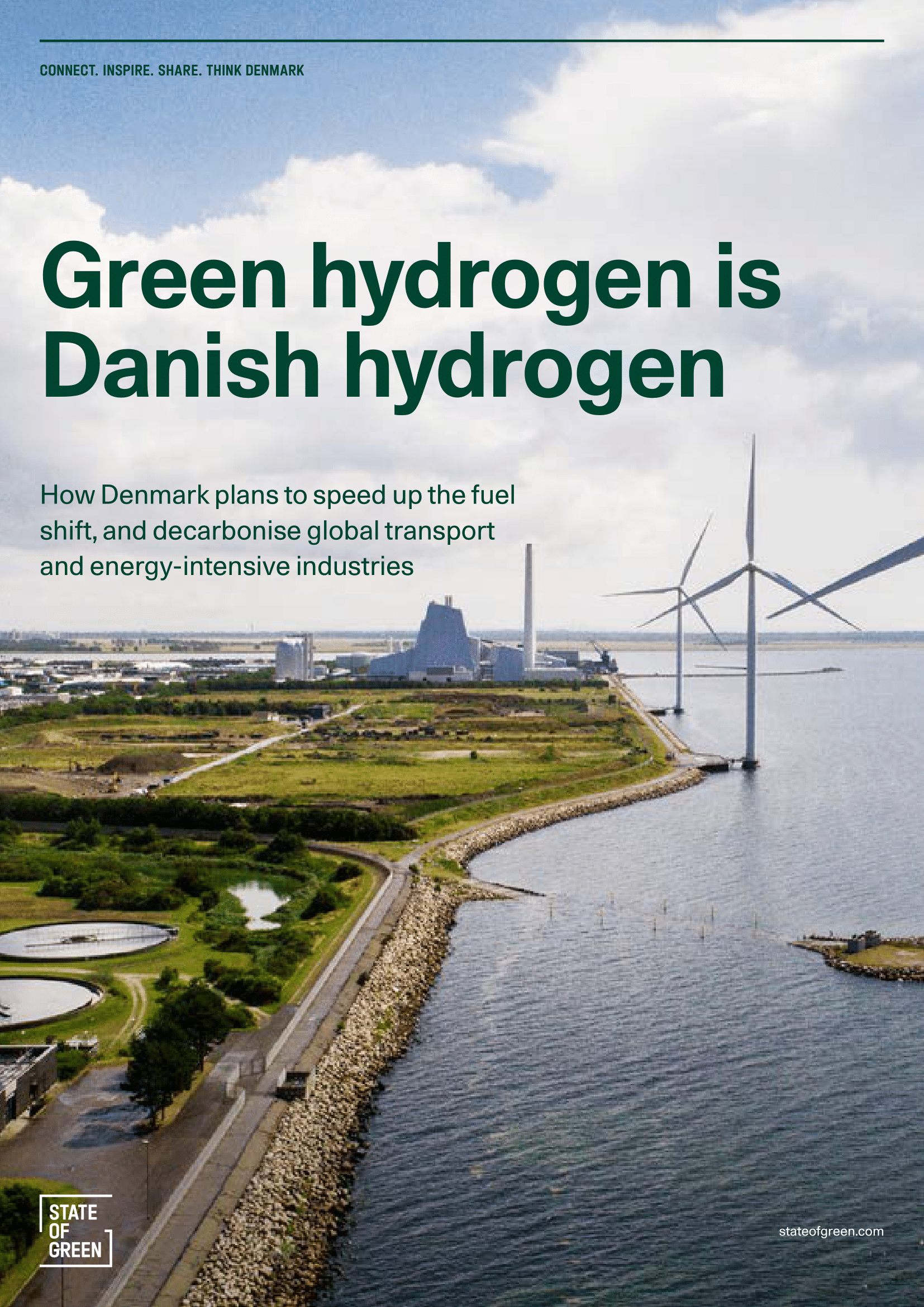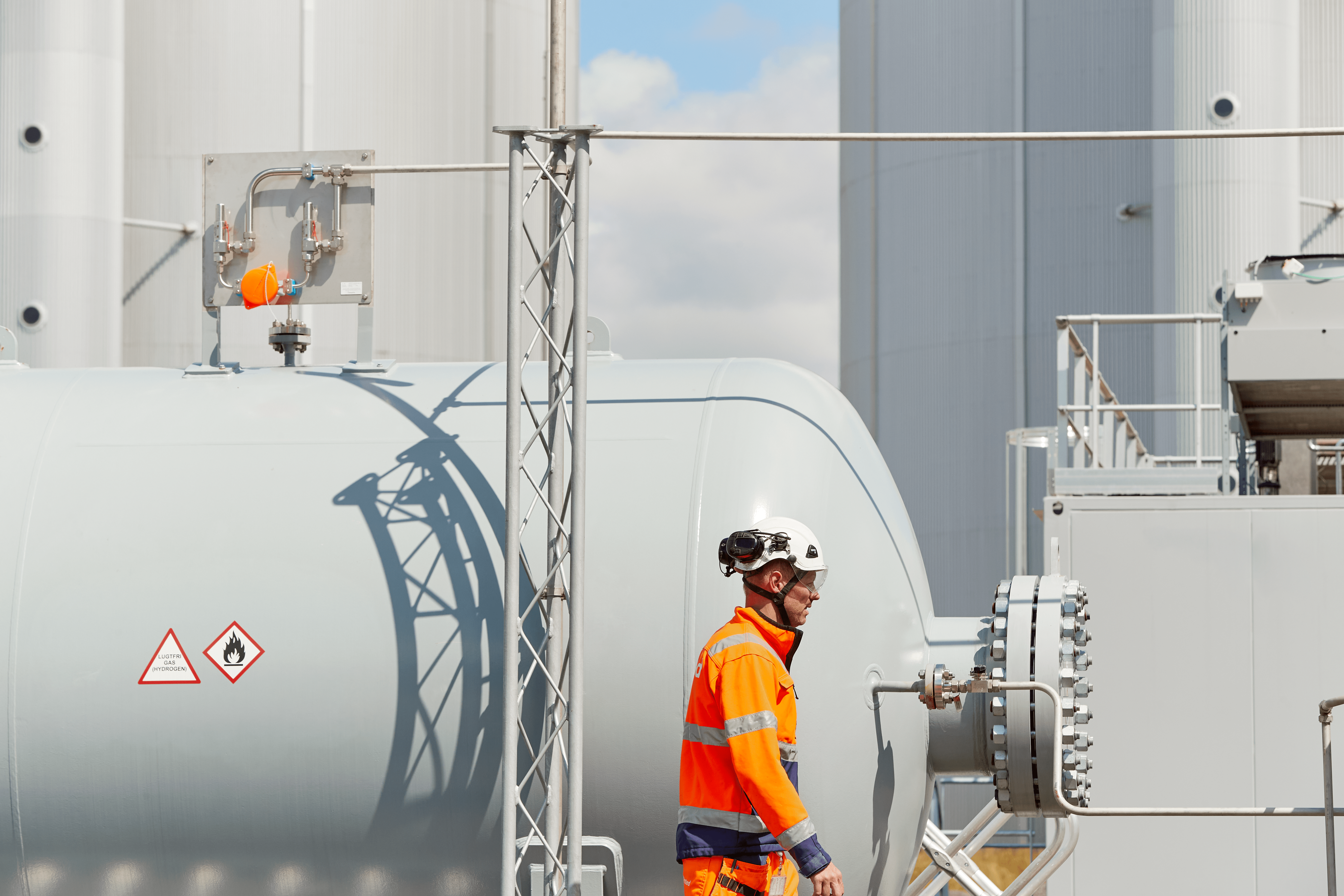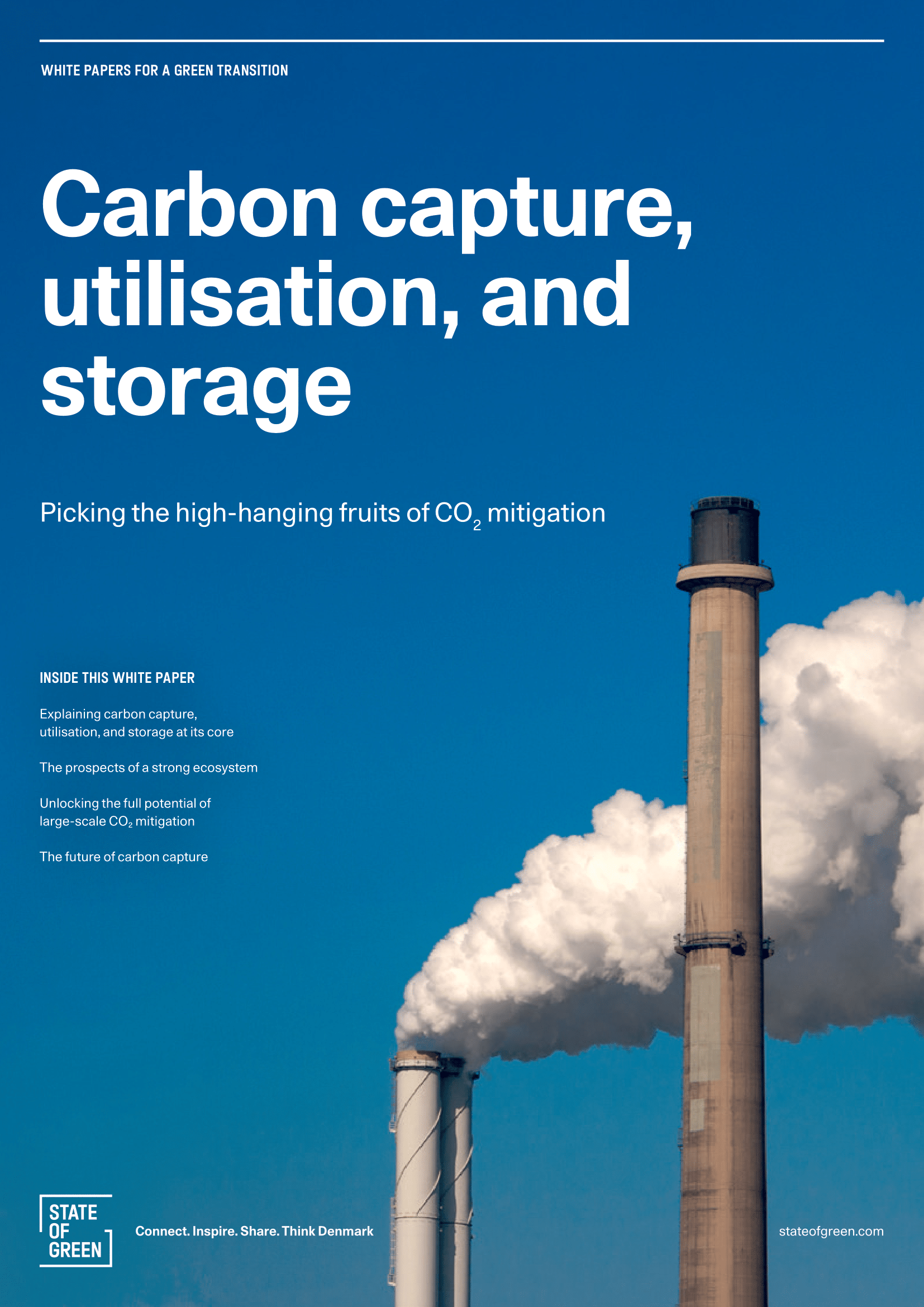By capturing emissions that are very difficult to prevent, Carbon capture and storage (CCS) is an essential climate tool and a necessary step in order to reach European climate goals.
In 2021, Norway and the Netherlands signed an arrangement on energy cooperation around the North Sea, including carbon capture and storage. Similar arrangements are in place between Norway and Belgium (2022) and Denmark (2023), as well as a joint declaration with Sweden in 2022. In addition, in 2022 and 2023 Denmark, Belgium (the Federal State, Flanders and Wallonia) as well as the Netherlands signed arrangements for the transport and storage of captured carbon across borders.
Yesterday, Denmark, Belgium, the Netherlands and Sweden each established an arrangement for cross-border transport of CO2 with Norway. Sweden and Denmark concluded a similar arrangement, too. This removes some of the obstacles on the way to a well-functioning carbon capture and storage market in the wide North Sea region.
”In order to decarbonize hard-to-abate sectors, we need carbon capture and storage. In order to reach climate neutrality by 2050 in Europe, we need carbon capture and storage on a larger, international scale. [These] arrangements are two great steps in the right direction. It’s all hands on deck – and I’m glad to see both Norway and Sweden joining our work towards an international industry for carbon capture and storage,” Danish Minister for Climate, Energy and Utilities Lars Aagaard.
